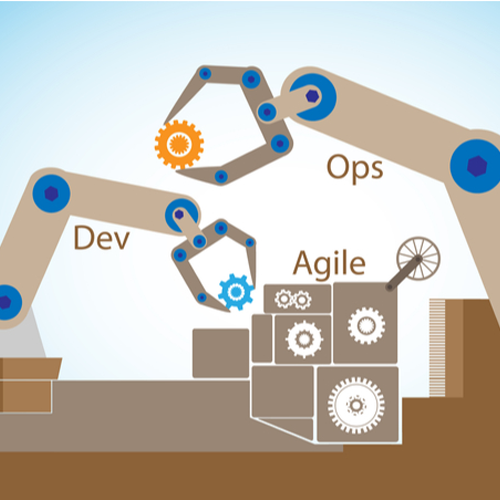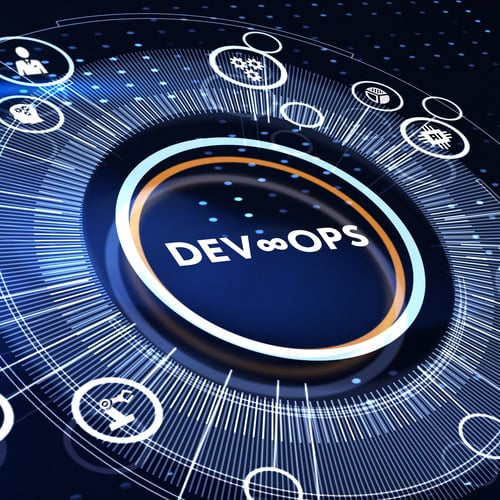What is CI/CD?
CI/CD process stands for Continuous integration and continuous delivery. Continuous integration refers to code changes that are done and later combined with the main branch of codes already existing. The main branch code must be ready for production quality and that is ensured through the available automated builds and processes with the test cases.
Code changes that go through the CI process are routinely circulated to the environment which acts almost like the production setting for continuous delivery. Once it is confirmed that the codes need to be deployed in the production environment, one might require manual approval which is otherwise automated. The sole objective should be that your code must always be ready to be implemented on the production server. If the code changes have passed through CI and CD they are automatically deployed into production with continuous deployment.
CI/CD with Micro Services
There are some goals of a strong CI/CD progression to serve in the microservices design, for example, every team of coders independently develop and install their changes or edits owned by them individualistically so that it did not affect or disrupt the work of other teams.
Once the new version of a service is ready to be deployed on the production server, it needs to get deployed to the test or QA environment for authentication that things are working as expected. There is a quality check at all levels of implementation and once the quality check is done, you can deploy the new version of service along with the preceding version. There are enough policies for access control in place to identify the code deployment and code integrations. For smooth functioning and implementation of CI/CD for microservices, some tips can be helpful like providing the right tools and features for the infrastructure. You can refer to more such tricks on the Jaxenter website here.
Best Practices
Automation decision of test and process to go first: During the initial times, it might get difficult to understand if the code compilation needs to be processed first. Since the codes are committed by the developers on a day to day basis, it would be clever automate smoke tests. If the unit tests are automated before the smoke tests, it helps reduce the workload of the developers to a huge extent. At the same time, functional testing can also be automated, trailed by UI testing. While deciding these things it is important to think about all potential dependencies and measure the impact on other processes to prioritize automation logically.
Frequent Release of Software: Releases of software frequently can be possible if it is in a release-ready state and has been tested in an environment that is identical to production. A/B testing for usability can be one such practice where variants are tested against each other and the better performing feature wins. Releasing the feature or software to the subset of users, testing with them and then sending it out to the broader population once successful.
Less branching and daily commits: This will help developers to spend more time on development and less on controlling of version. The best use of GitOps (developer-centric experience to manage applications) would be to commit directly to the main branch from their local branches at least once a day. This will push developers to handle smaller, bite-size bits of integration pain instead of the massive integration pain which is usually the case when merging many branches immediately before the release.
Readiness to apply microservices: Microservices architecture is the best way forward to manage DevOps. Although re-architecting the current application can be a time consuming and intimidating task. What would help is to have an incremental approach where you are aware of your mission and the new architecture is built around that so that you can gradually replace the old system with the new one.
Maintain Security: CI/CD system offers retrieval of the codebase and credentials to install in all sorts of development environments. Developers must consider separating their CI/CD systems and locating them at a reliable and secure internal network. Consider putting strong two-factor authentications and access management systems to help you restrict exposure to any external or internal threats.
Conclusion
CI/CD best practices include the goal of automating the building process, testing the products and then releasing the software. This needs you to have access to the various DevOps tools that support you abridge automation as well as get better knowledge about the progress of your software. Further, developers must be able to track the performance metrics of DevOps throughout the software delivery lifecycle and warn people so that they can quickly recover if something goes wrong during deployment or release cycle.




